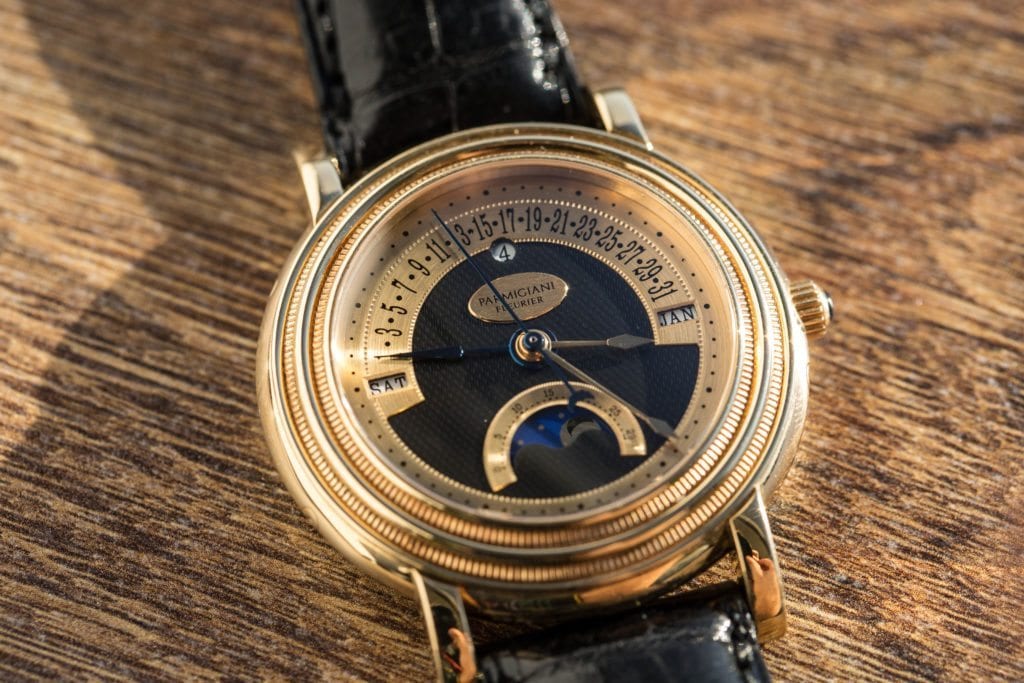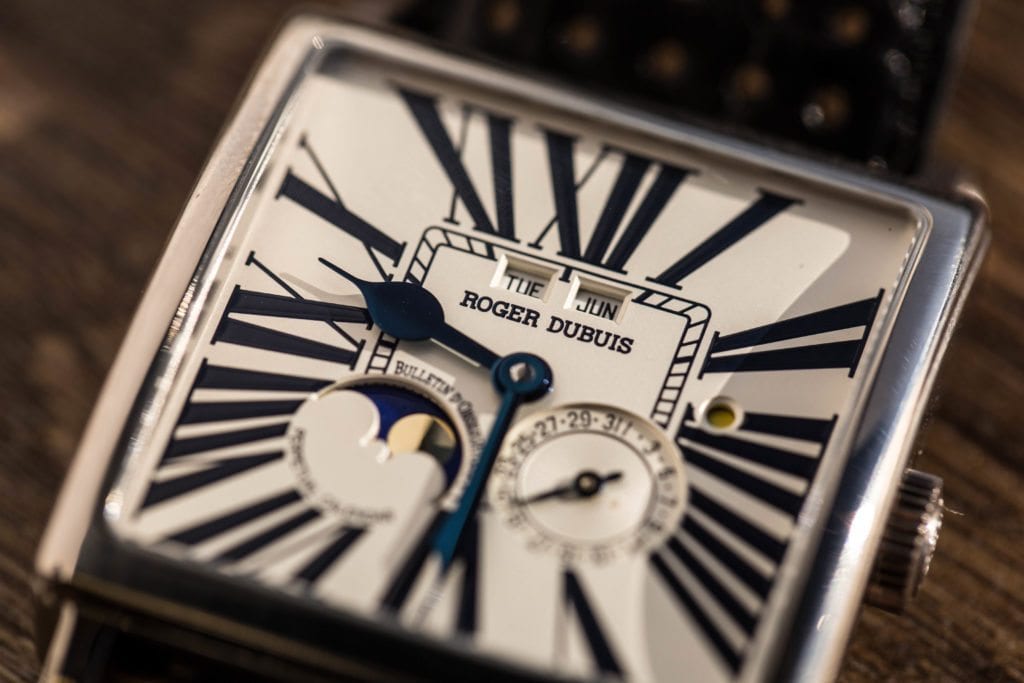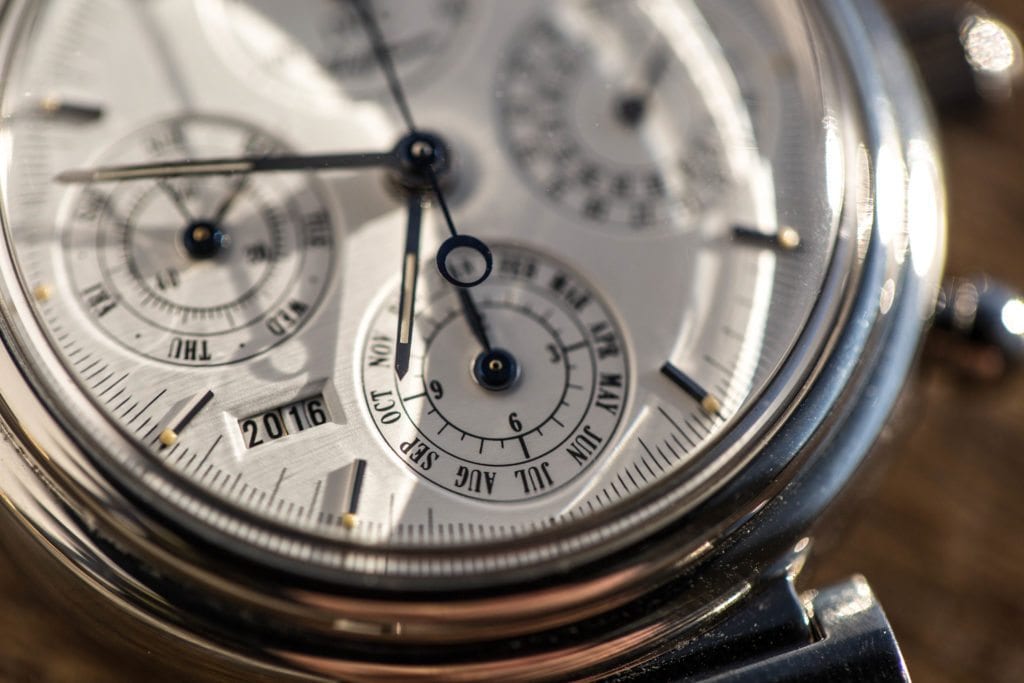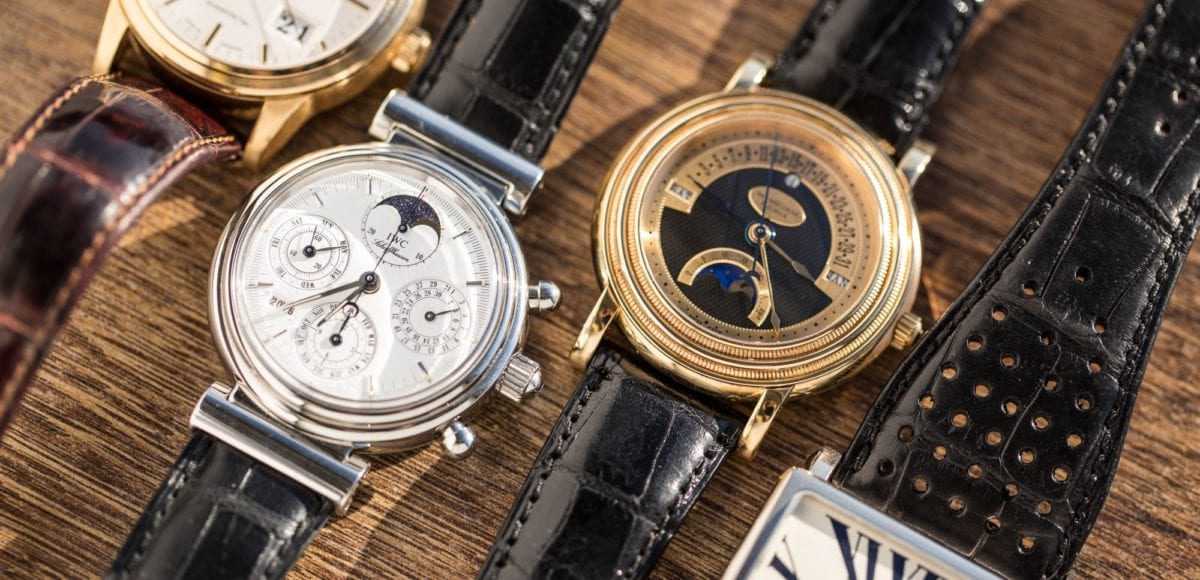Watch complications can be rather complicated, even to the most well-versed timepiece aficionado. A watch complication includes any function on a watch other than the time, such as a chronograph, a tourbillon, or a moonphase. One of the most common is the date display. However, even this seemingly simple complication can be fairly complex.

Date displays come in five varieties: the day-date, the triple calendar (or complete calendar), the annual calendar, the perpetual calendar, and the equation of time (or EOT perpetual calendar). The latter two are the most intricate and sophisticated of the group and are considered grand complications. The perpetual calendar shows the date, day, month, and year, and it automatically takes into account the leap years over the course of a century. Once a century, a perpetual calendar watch will have to be manually adjusted to account for when the leap year is bypassed. In addition to sharing the features of a typical perpetual calendar complication, the EOT perpetual calendar measures the difference between our standard “calendar time” and the actual “solar time” in minutes. The classic perpetual calendar and the EOT perpetual calendar complications are rare, and they add considerable value to the cost of a timepiece.
The History of Perpetual Calendar Watches
The first perpetual calendar wristwatch was believed to have been created in the mid to late 1920’s. There is some debate as to which watch powerhouse was the first to integrate this complication into their timepieces. Some believe that the illustrious Patek Philippe was the first incorporate the technology, while others maintain that Breguet was the pioneer.

Regardless of which brand was the original innovator, the first perpetual calendar wristwatches did not have the central feature of the perpetual calendar pocket watches that came before them: the leap year indication. It was not until several decades later in 1955 that Audemars Piguet produced the first series of perpetual calendar wristwatches featuring the crucial leap year indication.
How It Works
The perpetual calendar complication is both elaborate and remarkable. It involves anywhere from one hundred to two hundred additional parts, it takes weeks or even months to make, and it requires extraordinary engineering capabilities.

A (very) simplified illustration of a perpetual calendar mechanism.
The design of perpetual calendar mechanisms varies from manufacturer to manufacturer, but they typically have a programmed date wheel with twelve sectors, one for each of the twelve months in a calendar year. Every sector has a different perpetual cam with various markings that correspond to the length of the month. For example, the markings for months with thirty days may have a shallower notch than the months with thirty-one days. A perpetual lever then pivots, pushes against the perpetual cam, and connects it to the date wheel. Depending on the position of the perpetual lever with respect to the depth of the marking on the perpetual cam, the mechanism determines how many steps the day index should move at the end of the month.
The month of February makes this already intricate process even more complex. In order to factor in leap years, there is an additional rotating piece situated under the date wheel for the month of February. This piece usually contains four sectors, which represent three standard years and the leap year that occurs every four years. Each year, it rotates. For the three standard years, the perpetual lever is set to engage on February 28th, based on the depth of the markings on the wheel. On the leap year, the lever is set to engage with a different marking, which triggers the date, February 29th.
The Luxury of a Perpetual Calendar
For the modern watch connoisseur, a timepiece needs to do more than just tell time. The perpetual calendar is arguably one of the most sophisticated and functional complications available for a wristwatch today. Since the intricacy of craftsmanship required to produce the perpetual calendar complication comes with a hefty price tag, it’s essential that the aesthetic of these timepieces is equally handsome. If you’re lucky enough to invest in one of these stylish and impressive timepieces, get ready to sit back, relax, and let its mechanical genius do the work for you this leap day – no additional adjusting of the crown required to propel you forward this February 29th!

Get More Articles Like This in Your Inbox
We're constantly creating great content like this. So, why not get it delivered directly to your inbox? By subscribing you agree to our Privacy Policy but you can unsubscribe at any time.






